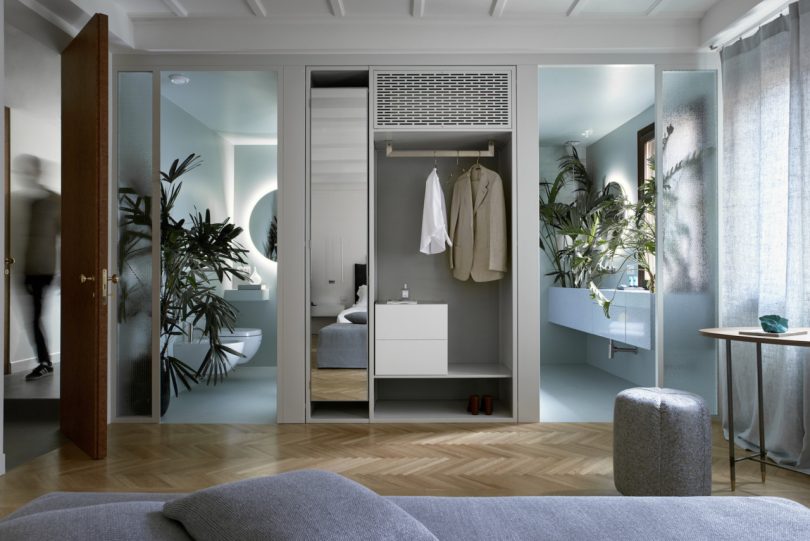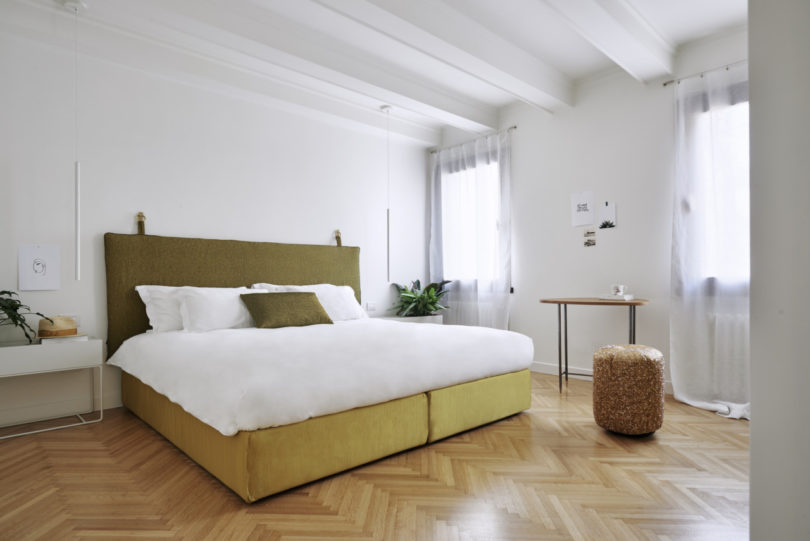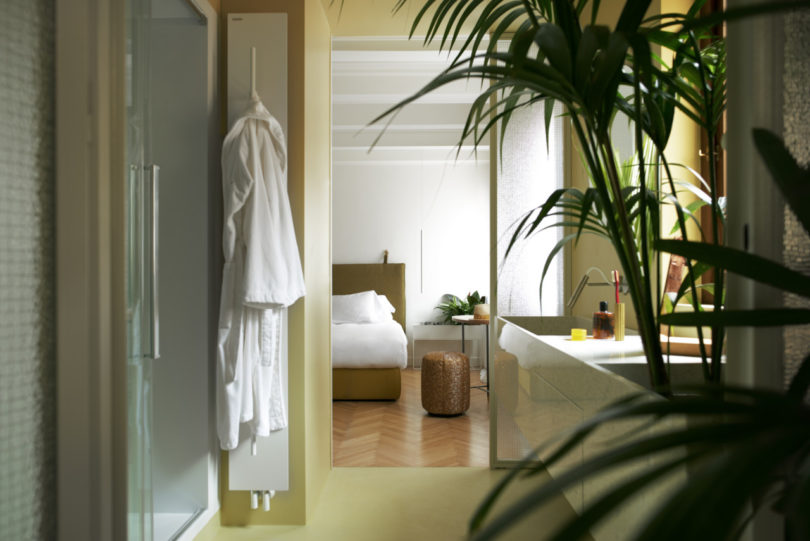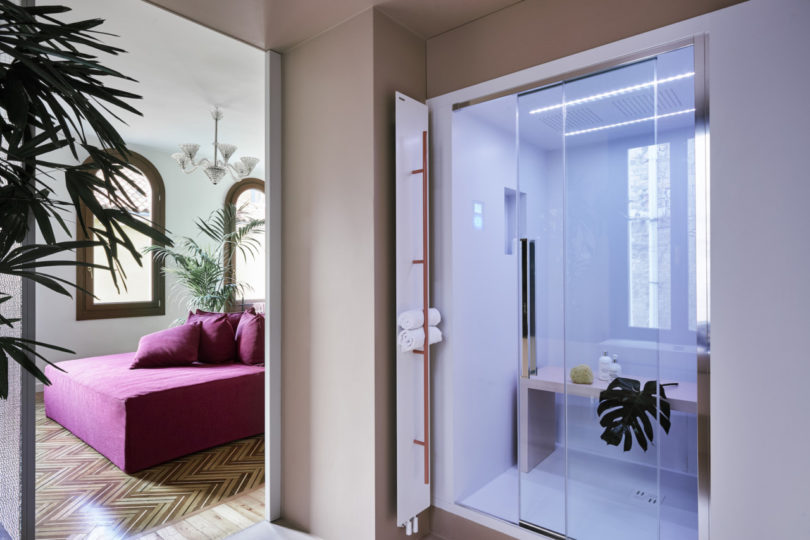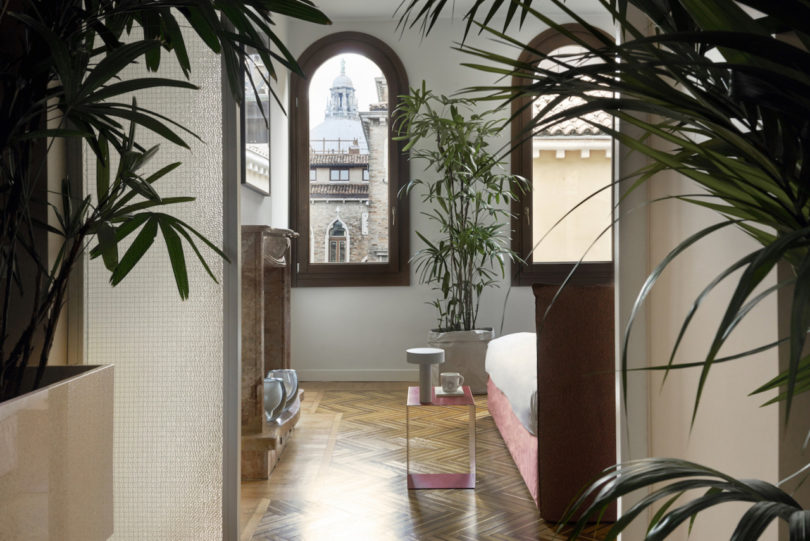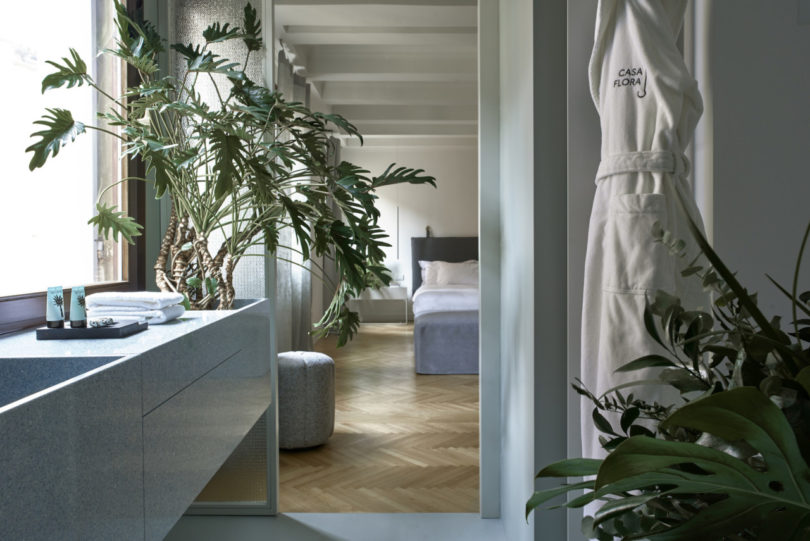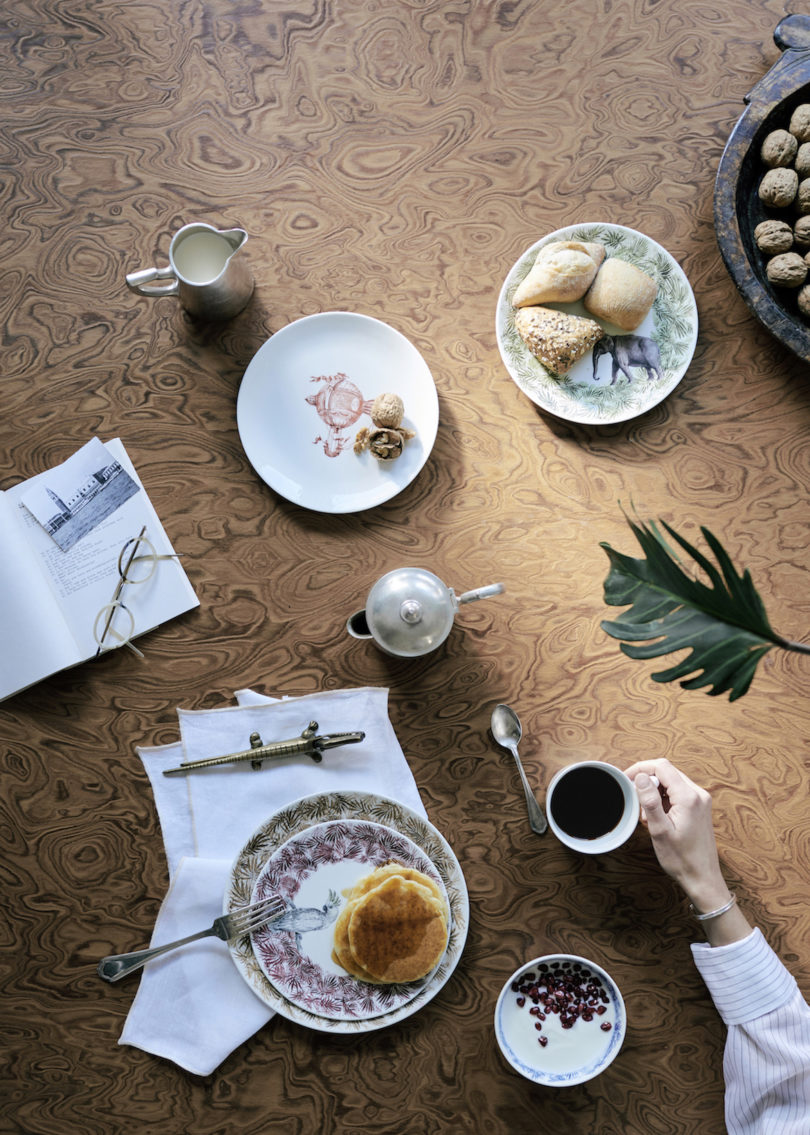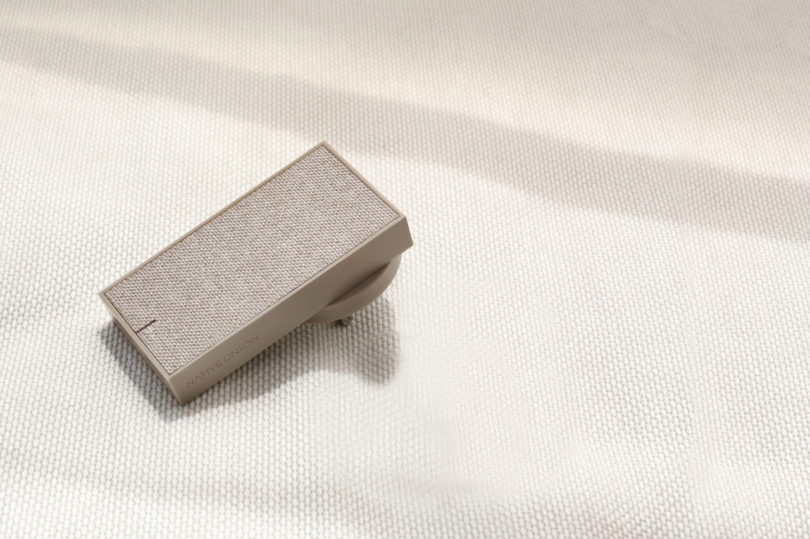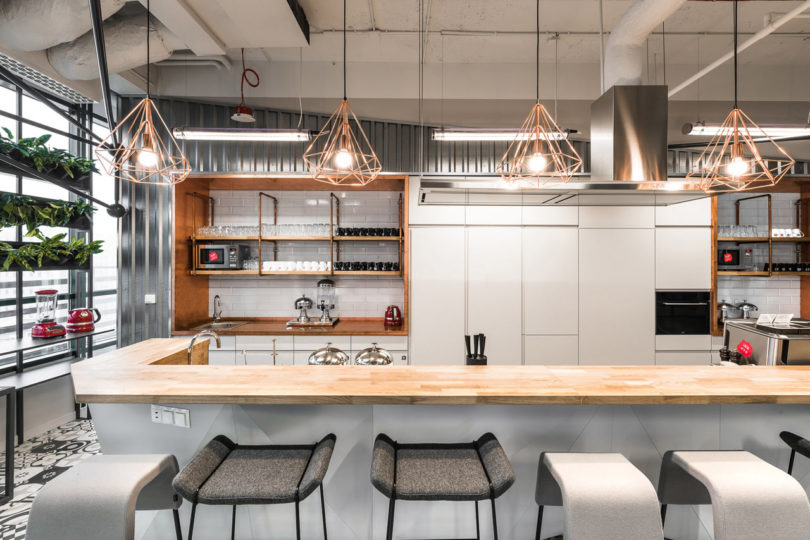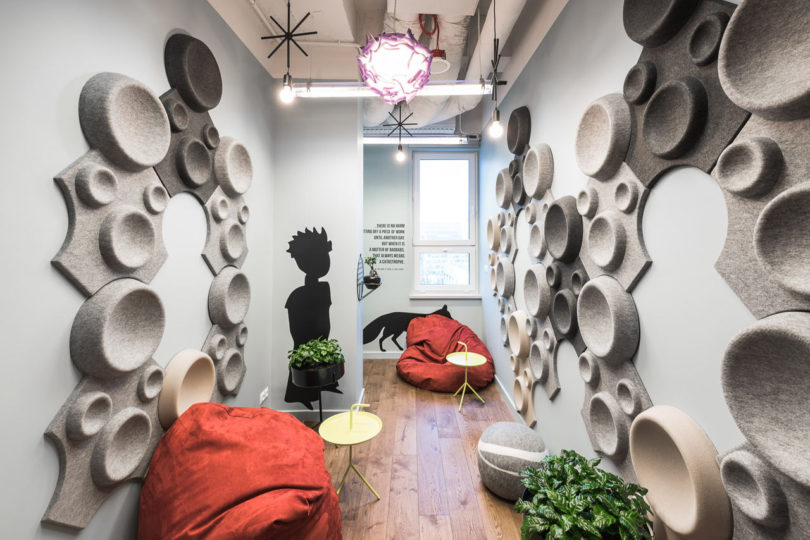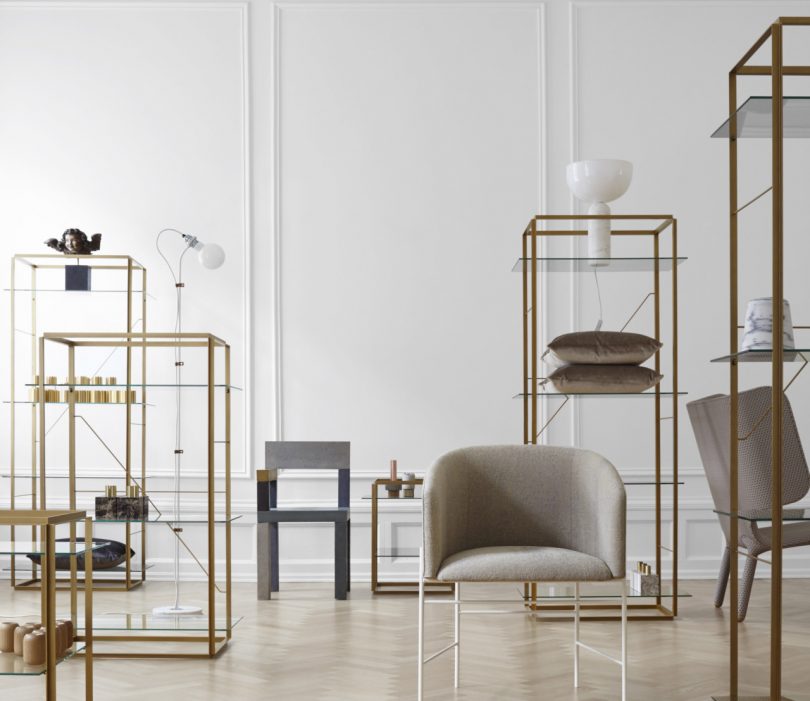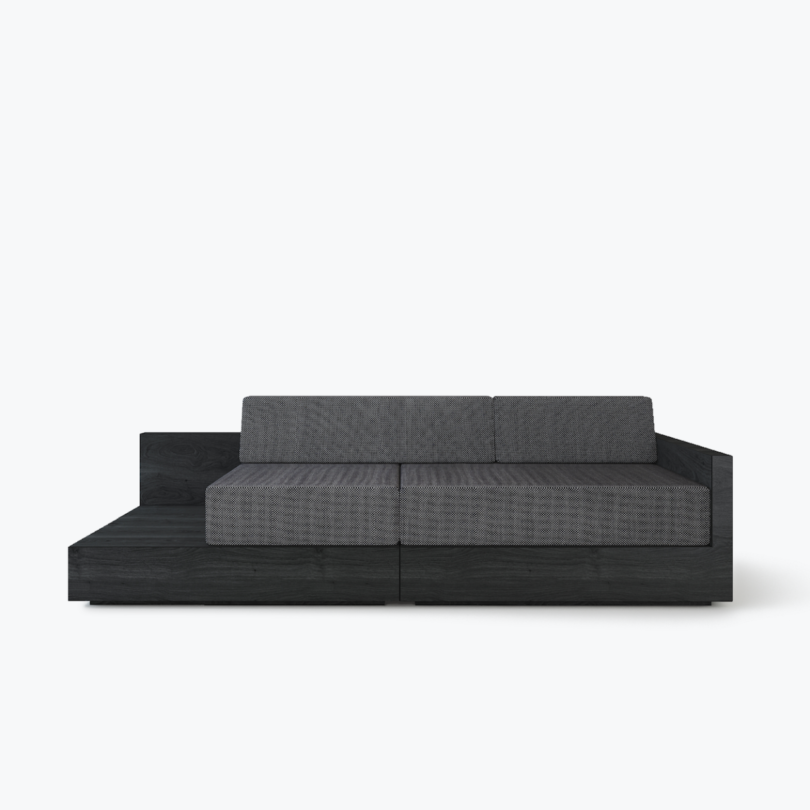
If you’ve ever opened up a shelter magazine or scrolled through a design blog and wondered why it feels whitewashed, we’re with you. Representation in the media is still so far behind when it comes to designers of color. It begs the question — where are all the black designers?
When Kimberly Ward tried to answer this question for her blog readers in 2011, she hit a road block. She was putting together a feature called African American Top 20 Interior Designers and struggled to come up with names and portfolios when searching online. She knew they were out there — she was a black interior designer and she knew other black designers personally — but her searches came up empty. This question launched her into a new avenue and passion: Giving visibility, community and resources to POC designers through the Black Interior Designers Network, (BIDN). Since its inception in 2011, BIDN has provided exposure, partnerships and educational events to further talented designers across the country.
Kimberly passed away in August of 2017, leaving BIDN to President Keia McSwain. Keia has continued to push BIDN forward with Kimberly’s vision for an inclusive design industry. Today Keia shares the Black Interior Designers Network history and her hopes for a future where every talented designer has a seat at the table. If you’re looking to hire an interior designer, are a designer of color or are just looking for amazing talent to follow online, BIDN is an incredible resource you’ll want to bookmark. —Lauren
Image above: Kimberly Ward founded Black Interior Designers Network and the Black Interior Designers Conference in 2011.

Image above: Interior designer and president of Black Interior Designers Network, Keia McSwain.
Design*Sponge: Where did your career path start? Where did Kimberly’s?
Keia: My career path started like a lot of other designers. Taking a few jobs so that I could pay the bills and survive. It sucks, right? I always knew I had a thing for design but I never knew that I would become as passionate about it as I have grown to be. I got a B.A. in English and minored in Writing in 2010. I taught kindergarten at a Christian school before working in stone, kitchen, and furniture showrooms. I met Kimberly in 2013 while in Atlanta for an interior design event. It wasn’t until I moved to Atlanta a year later that I bumped into her at an Art Stroll and was persistent that she would hire me. I began writing for Iconic Home Magazine in 2014 and as Kimberly’s Junior Designer in 2015. We shared a plethora of ideas, aspects on life, and hobbies. Reading was one of those hobbies. We both thought reading design books and gaining experience through trial and error were two bullets that were sure to put you in the room if you weren’t able to get a seat at the table, just yet.
Kimberly started her design career in 2002. She began designing for members of the newly formed NFL team, the Houston Texans, moving on [to work for] prominent African American doctors, lawyers, and businessmen. Over the course of the next 5 years she became the go-to designer within that circle. In 2004 she started writing interior design columns for Gospel Today and became Editor-in-Chief for her own blog titled Pink Eggshell in 2008. This was her first shot at sharing info in a fast paced digital space. In 2011 Kimberly began blogging the interior design events she attended. Kimberly decided to publish a list titled the African American Top 20 Interior Designers. She did so in hopes of creating a resource for those seeking to work with or for black interior designers. And that’s how it began.
Design*Sponge: Was there anyone specifically or a role model that inspired you to become a designer?
Keia: My mom played a huge, influential role in my aspirations in becoming a designer. I was always taught that your home was the core of your relationship and should be treated as your personal sanctuary. I’ve always felt that your home or space you occupy should reflect your inner being and all the things you admire or hold dear.
Design*Sponge: When did Kimberly start Black Interior Designers Network and what was the catalyst that inspired it?
Keia: Kimberly began the Black Interior Designers Network shortly after unveiling the African American Top 20 when she noticed she was getting that same question: “Where are all the black designers?” Kimberly saw that the African American design community required more networking opportunities, resources and exclusive buying groups. Since its inception, the BIDN has held events that bring much-needed attention to designers of color. The industry has taken notice. The record number of black designers attending furniture markets and trade shows emphasizes the power of the BIDN. National shelter publications, Fortune 500 companies, and network executives have all taken notice of our success. In 2016, three members of the Black Interior Designers Network were featured in separate issues of Traditional Home Magazine. In 2017 we had several members to partner, launch their own product partnerships, television pilots, and artwork. 2018 is here and we expect to do so many amazing things!

Image above: Colin Kaepernick’s home designed by BIDN Designer, Kesha Franklin.
Design*Sponge: How have you seen systemic racism impact the Interior Design Industry?
Keia: Systemic racism is a unique and unavoidable challenge in the design industry. We’ve seen it and it gives our network and our community all the more drive and motivation. Sadly, it’s not seen as an abnormality, rather a challenge. We’re not able to be exposed to the resources other designers may have available, credit options, and a plethora of other hurdles we feel may be put in place to segregate or oppress African American designers.
Design*Sponge: What resources does BIDN offer designers of color?
Keia: We are committed to helping our members grow their businesses. One way we do this is by giving them access to the resources we feel will help them deliver superior service to their clients. We host a must-attend national conference every year. Now the conference is in its seventh year. It’s a three-day event held in Atlanta, GA July 26-28th. This conference is the go-to resource for minority designers at every stage of their career. We bring in keynote and other speakers who understand the unique challenges faced by creatives and specifically designers of color.

Image above: Members of Black Interior Designers Network at a Ferguson event exclusively for BIDN.
Design*Sponge: How has BIDN impacted the community of designers of color — have you seen collaborations or opportunities arise from the site?
Keia: The Black Interior Designers Network has become a hub for designers of color. We have been able to take part in and [facilitate] partnerships, brand ambassadorships, product launches, keynote speakers, style spotters, panelists, designer highlights, ad space, contractual information, designer referrals, business modules, continuing education courses and more.
Design*Sponge: How has BIDN impacted the design industry as a whole?
Keia: The Black Interior Designers Network has a huge buying power within the design community. The African American buying power alone is currently at 1.1 trillion dollars and estimated to grow to 1.5 trillion dollars by 2021! The cultural, creative, collaborative, and business oriented members of the BIDN have impacted the design industry tremendously. Since inception of the BIDN, we find more vendors, showrooms, markets, and clients who are taking notice and want to know how they can get in, where they fit in and how to partner with the Network.

Image above: BIDN Designer Michel Boyd’s Atlanta Home
Design*Sponge: How would you like to see BIDN grow and what are your goals for the future?
Keia: I’m huge on speaking things into existence. I WILL see the BIDN grow to become a billion dollar industry. I know the sky is the limit and I know Kimberly is not having it any other way! It’s going to take a lot of work but I feel like the foundation and bar have been set. My job is now to carry out the legacy that Kimberly Ward began. You’ll be seeing a lot more of us and you’ll be seeing a lot more of what we’re capable of producing and how we’re shaping the future of the entire interior design industry.
Photography Courtesy of Black Interior Designers Network
SaveSaveSaveSaveSaveSave
SaveSave
SaveSaveSaveSave
SaveSaveSaveSave
SaveSave

from Design*Sponge
http://www.designsponge.com/2018/02/qa-creating-a-platform-for-black-interior-designers.html
from Home Improvment http://notelocreesnitu.tumblr.com/post/171380444479
